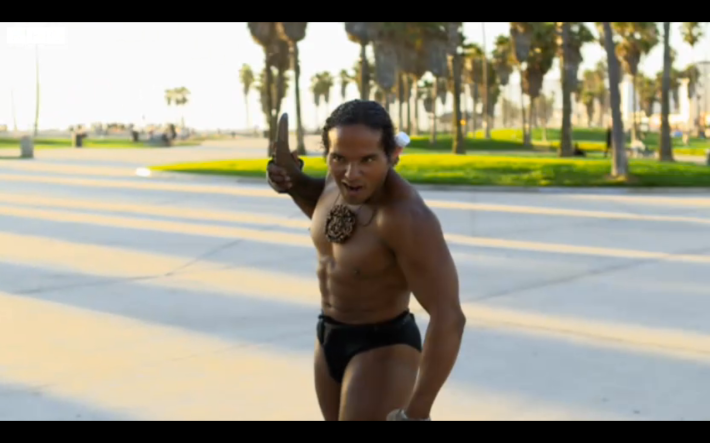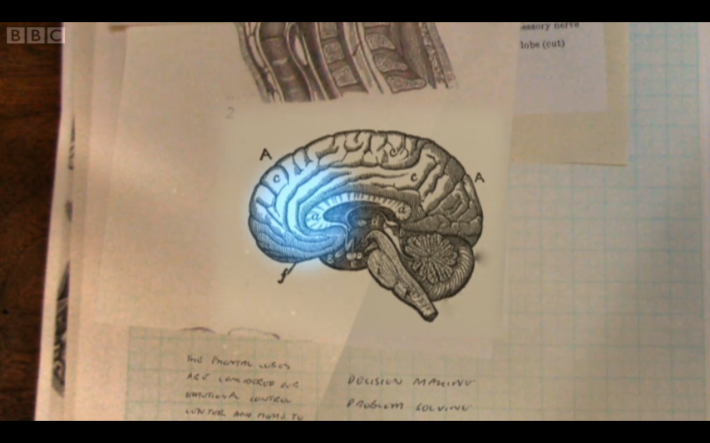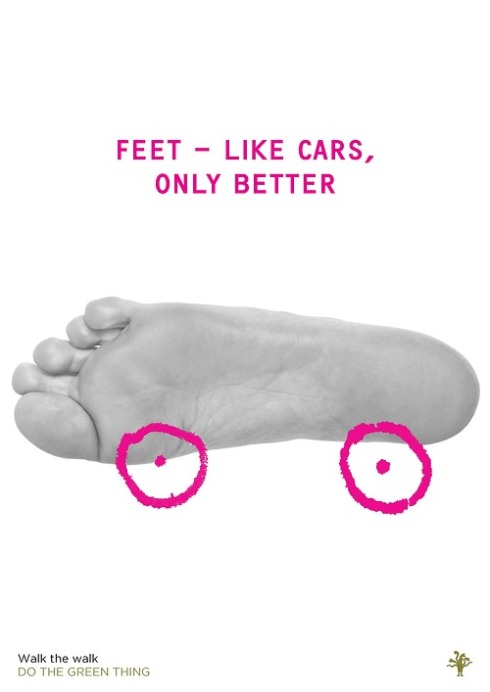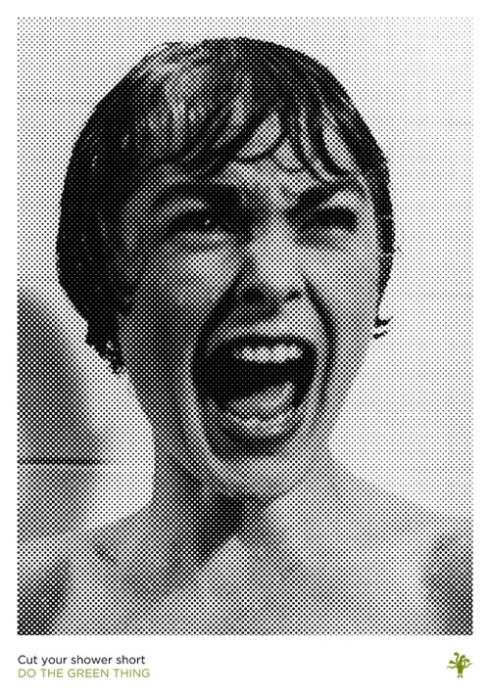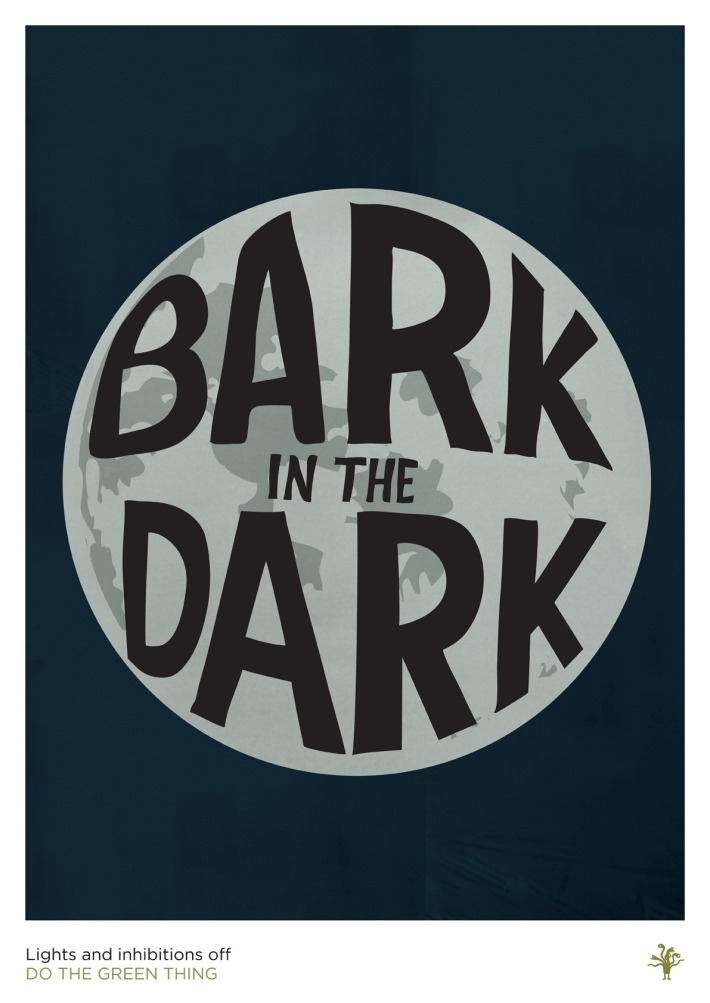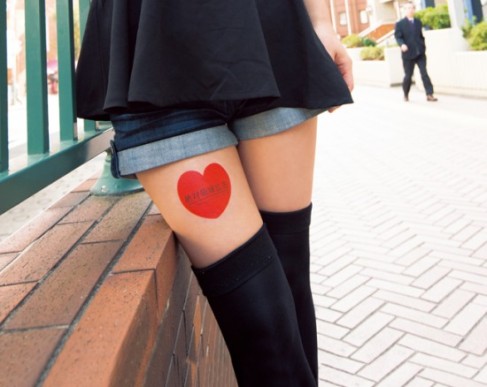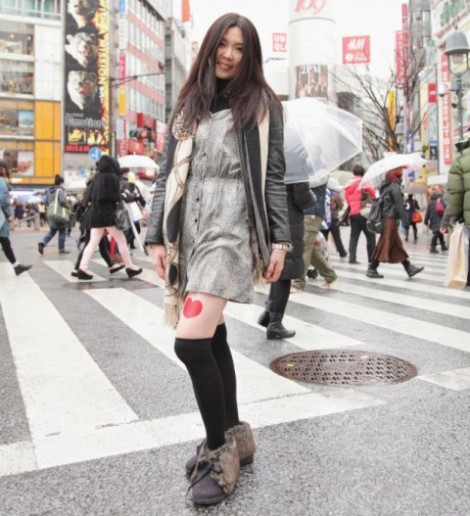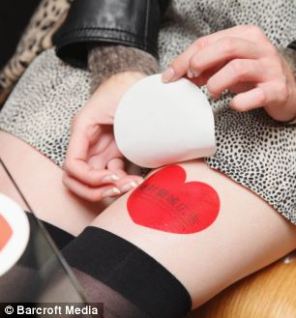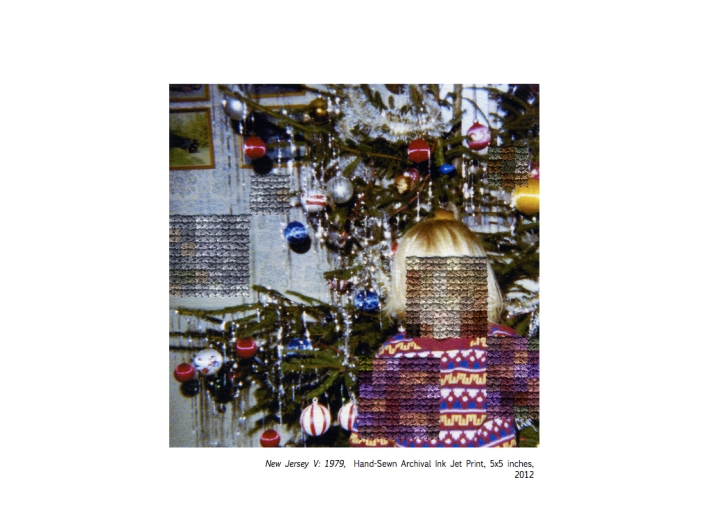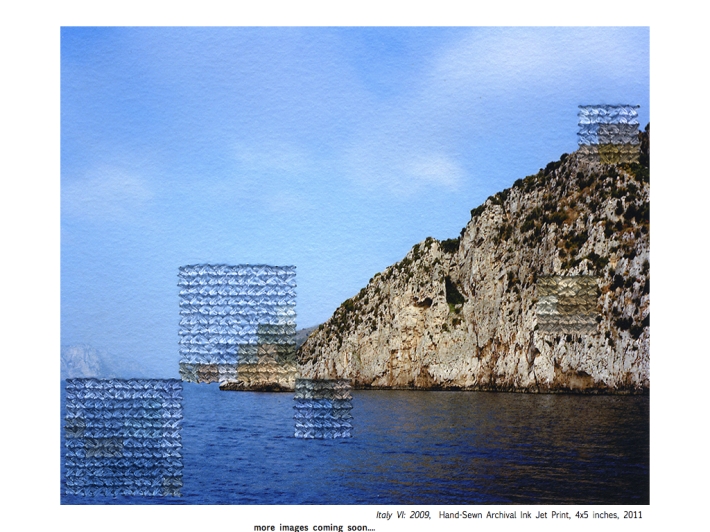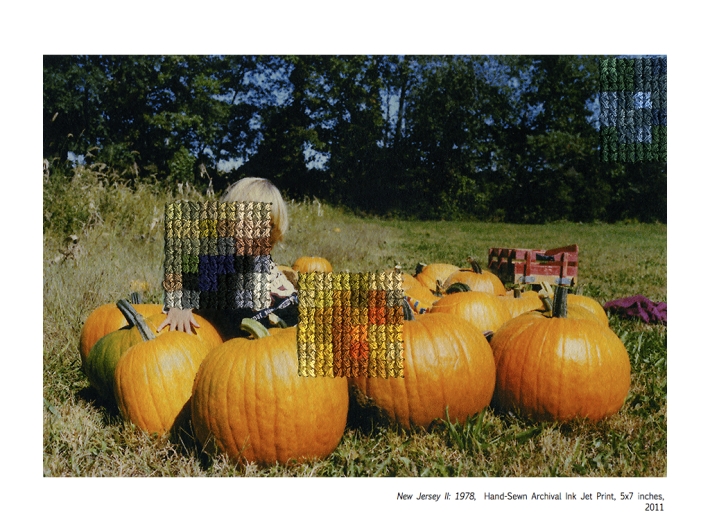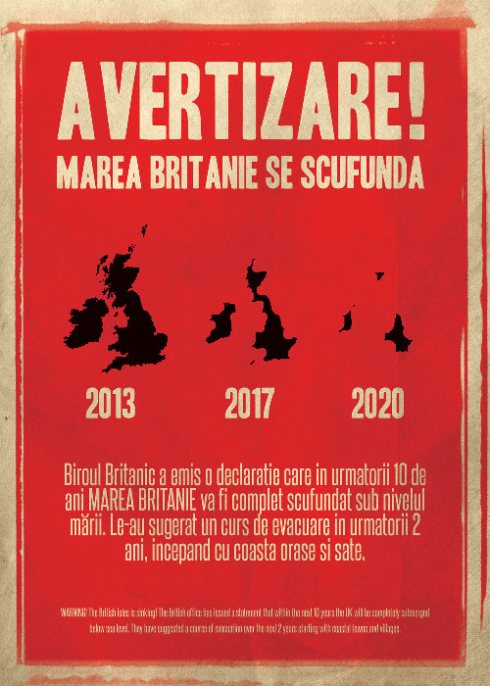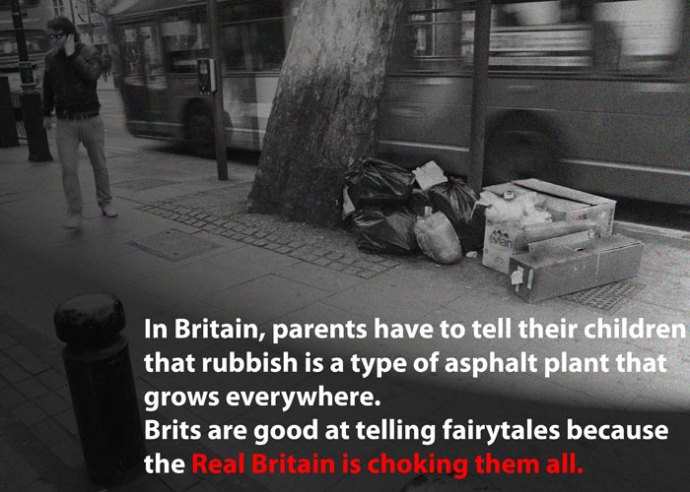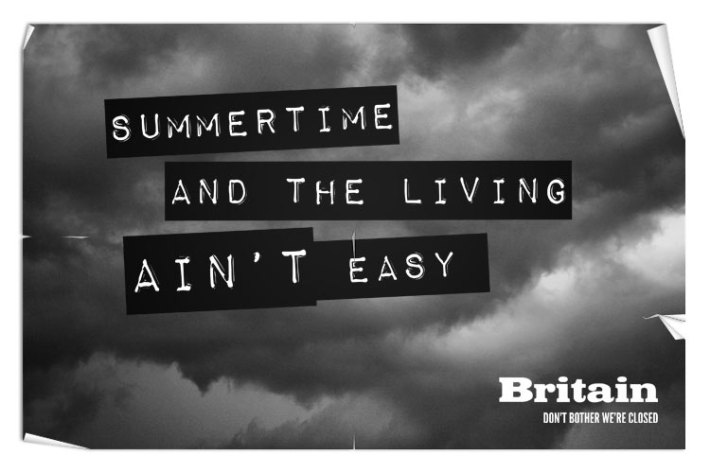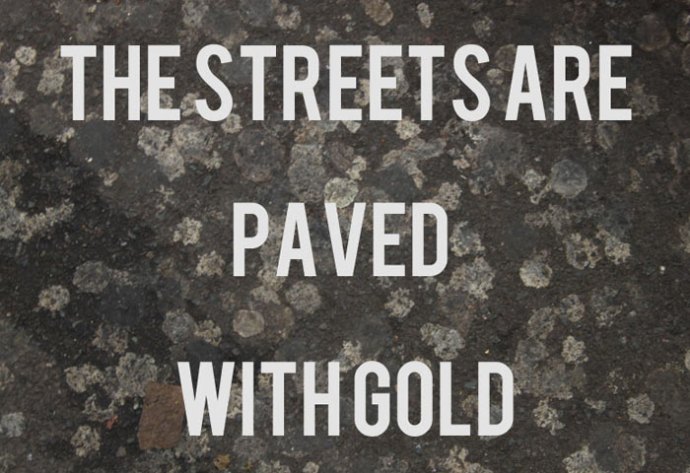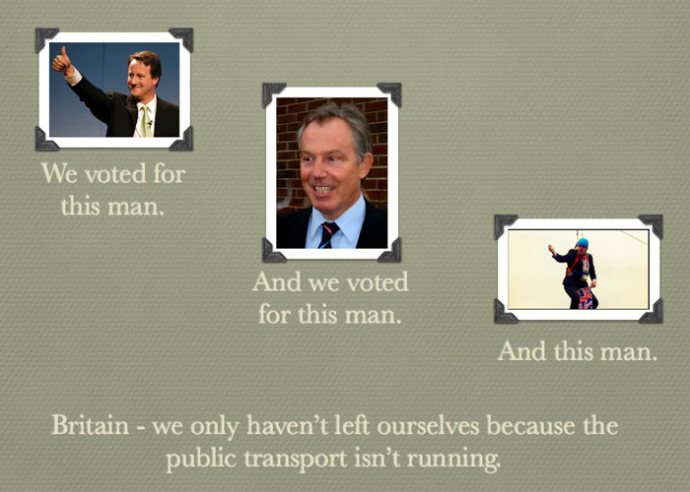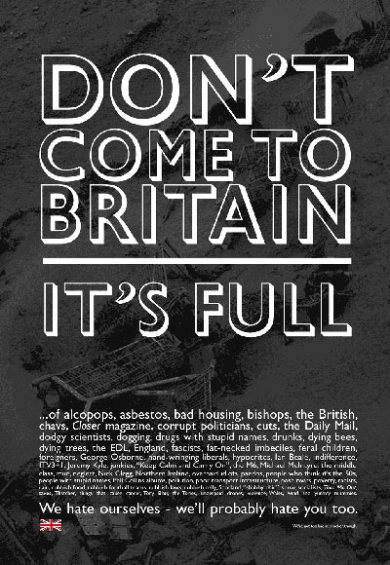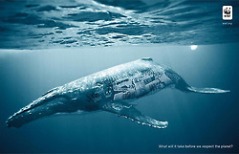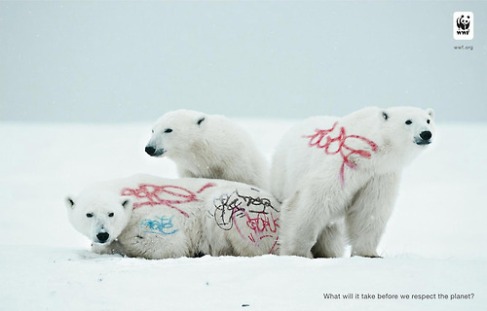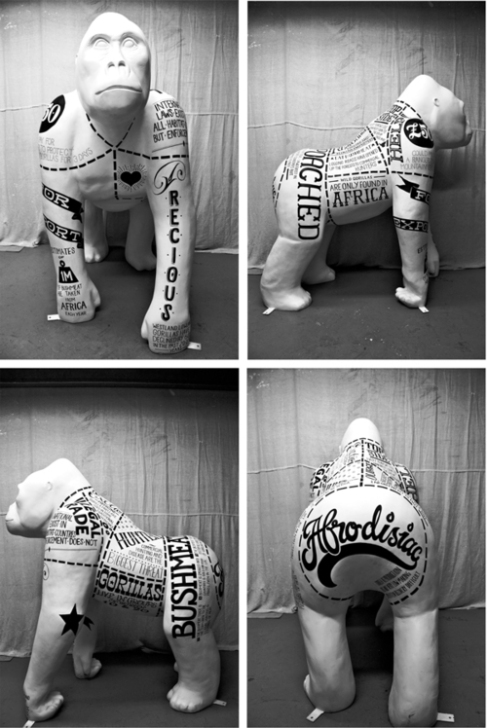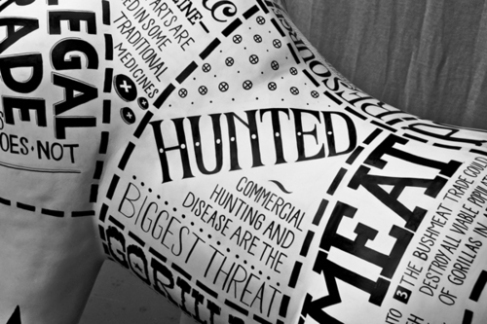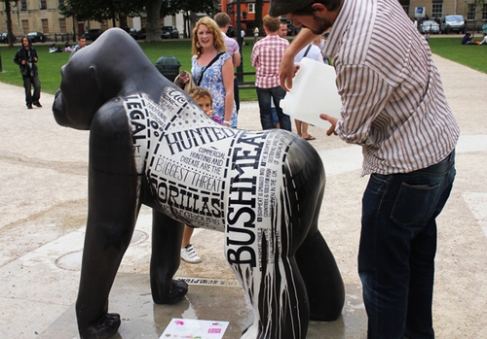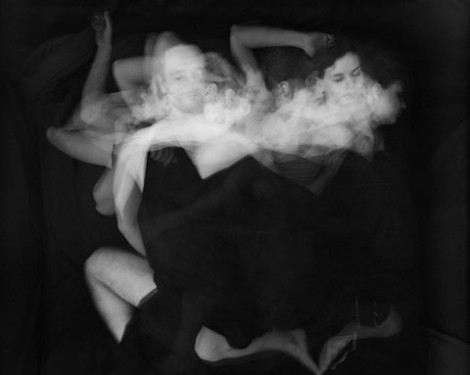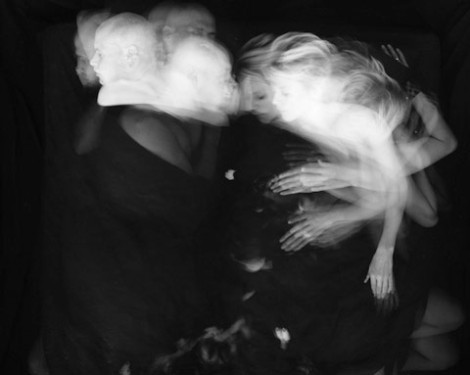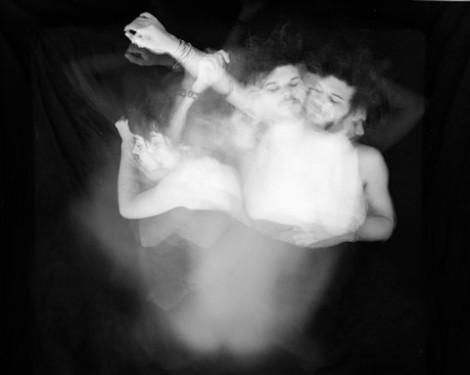I’m bringing a slightly different post this week after watching an incredible documentary on how creativity is generated in the brain.
Available on BBC iPlayer until Thursday (and I’m sure you’ll be able to find it somewhere online after that), Horizon’s: new episode, ‘The Creative Brain: How Insight Works’ is pretty scientific but also comprehendible to the creative mind. In fact it’s interesting on more than one level because it goes beyond artistic creativity to explore how scientific creativity has shaped the human race.
The documentary focuses on three main channels of research
- How insights work
- Divergent thinking
- The science of improvisation
We’ve all heard of the ‘aha!’ moment, that flash of inspiration that seemingly comes from no-where and provides an ideal solution to a problem that we’re facing. Do you ever wonder if there’s more to it than that? Is the flash of an insight more than just a random thought? I suppose I’ve always known there was a science behind it but never really considered this fact in too much detail. The truth is that over the past decade there has been a boom of interest and research in the whether the creative ‘spark’ can be explained. A subject that was previously considered too ‘elusive’ or subjective can now be observed and explored through more than watching a person’s exterior reactions; the development of advanced neuroscience equipment has opened up a whole new avenue for us to gain a better understanding of what really makes us creatives tick.
So back to the documentary. The first guy who they look at is a man called Jonathan Schooler who states that ‘the development of humanity is based on creative innovation’.
In order to try to establish where an insight comes from he set up an experiment where a metal pyramid is balanced upside down on top of a $100 bill; the challenge is to remove the bill without toppling the pyramid.
Impossible? Not when the answer is revealed to you within a set of clues. But will you be able to process the words to understand what could be the answer?
Confused? So was I.
Breaking it down simply, an iPad with the clues on was placed on the left of an image – when done like this, the observer still couldn’t come up with the answer, even though it had been within a select group of words put in front of them. This is because they were using the left side of the brain to work it out. 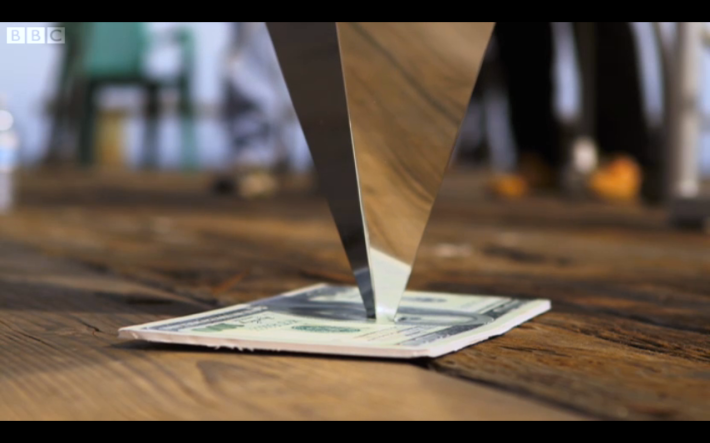 However when this was reversed, they were able to see the answer fairly promptly. The answer, in case you’re wondering, is to burn the note.
However when this was reversed, they were able to see the answer fairly promptly. The answer, in case you’re wondering, is to burn the note.
So the conclusion from that piece of research was that the right hand side of the brain is more likely to make the connection leading to that coveted ‘flash’ of insight.
Our next guy, Mark Beeman, is a pioneer of neuroscience and his research aims to uncover the neural correlate of creativity – in English, that’s what interacts to form the insight within the brain. He set up a test where he would measure a person’s brain activity while giving them three words and asking them to think of a word that would work with all three.
For example, the three words are ‘pine’, ‘wood’ and ‘sauce’.
The words that goes with all of these is ‘apple’ (it’s all very 11+/verbal reasoning isn’t it?)
Once the test subject has thought of the answer, they then say whether they came to the answer through analytical means (testing out word after word to see if they fit) or through insight (a seemingly instantaneous answer). Beeman then compared the brain waves to come to his conclusions – this next bit is a bit science-y but stay with me.
Insight occurs in the anterior superior temporal gyrus, we have one of these on each side of the brain but when an insight occurred it showed a burst of gamma rays on the right hand one.
The reason for this is that on the right hand side of the brain, the neurons branch out more broadly than on the left, and this means that they are able to find more connections.
John Kounious, another scientist, pushed Beeman’s theory further by finding that about one second before insight occurs and the gamma rays are released, a burst of alpha waves are released from the back of the brain.
Alpha rays reflect areas of the brain shutting down and so this burst, before the insight, allows something resembling a ‘brain blink’ to occur, momentarily shutting down the visual cortex so a faint idea is allowed to rise to the surface of our consciousness as an insight. Interesting isn’t it?
It’s like when you ask someone a difficult question, they will inevitably look away from your face because a face is a distraction, they will be drawn to look at the area of least distraction so their brain can concentrate. This is what your brain helps you to do subconsciously.
The next channel of research explored is divergent thinking. This simply means a way of thinking that ‘diverges from known ideas and comes up with something novel’ and it is tested in the simplest of ways.
A person is presented with a brick and told they have a minute to come up with as many different uses for it as they can. They are then scored from 1 (unoriginal and predictable) to 5 (highly original) and the higher score you get, the more of a divergent thinker you are.
Rex Jung tested several people on Venice Beach, California, a well known spot for eccentrics and creative thinkers like this guy:
Your guess is as good as mine as to how this demonstrates the use of a brick… Anyway, Rex’s idea was that intelligence and creativity may not be as closely linked as previously thought.
He brings in some beautiful images of white matter for us to look at; in case you aren’t aware of what this is, it’s the wiring in our brains that connects different regions and we all have 150,000km of it stored up there!
Rex explains how, with intelligence, more white matter = higher intelligence. His theory is that the opposite is true for creativity. Why? Because, ironically, it gives us the ‘head-space’ to generate ideas (see where the saying comes from?). Where intelligence is measured from how fast an idea can get from A to B, creativity is more of a meandering, less travelled road which is the neurological basis to divergent thinking.
Back in Baltimore a man called Charles Lim is relaxing in a Jazz café after work, this is his favourite place to hang out as he is fascinated by the way in which they improvise their music. Keen to find out more, he places musician Mike Pope in an MRI scanner with a keyboard on his lap, plays him a melody and asks him to improvise with his own keyboard.
The results showed changes in the pre-frontal cortex of his brain, an area that acts in conscious self-monitoring, basically making your focus on whether what you’re saying and how you’re acting is ‘right’ in a situation. The decrease shown is what Lim likes to describe as proof of people ‘taking a risk musically’ and interestingly could be linked to great poets such as Coleridge who were well known for their use of opiates while writing great masterpieces of poetry.
There’s a lot more I could write about but I think I’ll let you watch the documentary yourselves to see the rest of the tests. Personally as a creative (and not a scientist) I found it really interesting to see the basis to something that I often consider to be spontaneous and, let’s face it, a little bit magic. Who doesn’t know the panic of a creative block a week before the deadline and the relief of that miraculous insight that you’ve been searching for?
And before I forget, here’s the link:
http://www.bbc.co.uk/iplayer/episode/b01rbynt/Horizon_20132014_The_Creative_Brain_How_Insight_Works/



